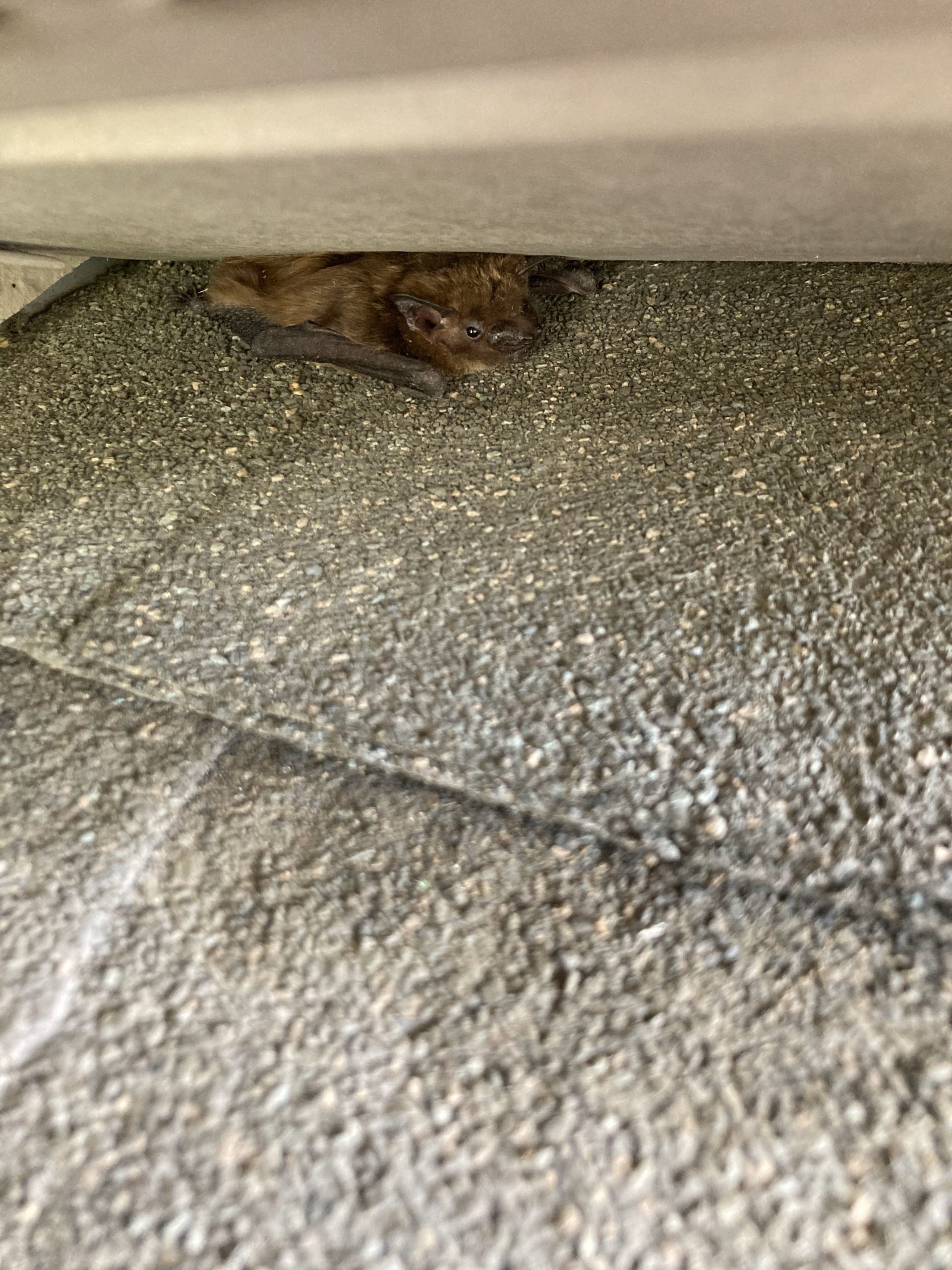How to Get Rid of Dead Bats Safely
Due to their inclination for eating insects, bats are largely beneficial to humans. However, encounters with dead bats in the house are dangerous, as contact can lead to debilitating diseases. During cool weather, bats greatly reduce their activities due to low body temperature. This means a motionless bat on the ground can appear to be dead, yet bite when humans approach. Since the pests can squeeze through cracks a quarter of an inch in diameter, homeowners may also encounter a dead bat in the attic, walls, or woodshed.
Dangers of Dead Bats
There are many reasons to remove a dead bat as soon as possible. Pests like maggots, flies, and fleas flock to animal remains. Although getting rid of carcasses can be difficult, the rancid dead bat smell provides plenty of motivation. Still, homeowners should proceed with caution. The rabies virus usually dies shortly after its host, but those who handle dead bats should take all possible safety measures. Carcasses are often discovered near guano, which can carry a life-threatening fungal disease called histoplasmosis.
Exclusion & Removal
To avoid having to deal with dead bat removal in the first place, seal all entry points around windows, doors, vents, and pipes. However, at the risk of inadvertently trapping any baby bats already living inside, this should never be during the birthing season for bats in your area, and never in June or July. Those that become trapped inside or die of disease in an attic can wreak havoc. Not only is being bitten by a rabid bad a realistic concern, but living and dead bats in the walls cause unsanitary conditions with their guano, urine, and decomposition. Contact Critter Control immediately upon discovery of a dead bat, as removal should only be performed by trained professionals.
Learn more about bat removal.
Get them out.
Keep them out.®
Experiencing a wildlife or pest issue? We can help! Complete this form and your local Critter Control® office will contact you to assist.
- Baby Bats
- Bat Bites
- Bat Facts & Myths
- Bat Guano – Identification & Removal
- Bat Maternity Season
- Bat Noises and Sounds
- Bats & Rabies
- Watch How Bat Removal Works
- What to Do if Bats in Homes
- Bats in Chimneys
- Bats in Roofs
- Bats in the Attic
- Bats in Trees
- Bats in Walls
- Bat Diet & Feeding Schedule
- Do Bat Deterrents Work?
- How to Get Rid of Bats in Attic
- Is bat exterminating legal?
- Do Bats Hibernate?
- Types of Bats
- What Does a Bat Look Like?
- Bat Habitats and Infestations
- Bat Blindness & Echolocation
